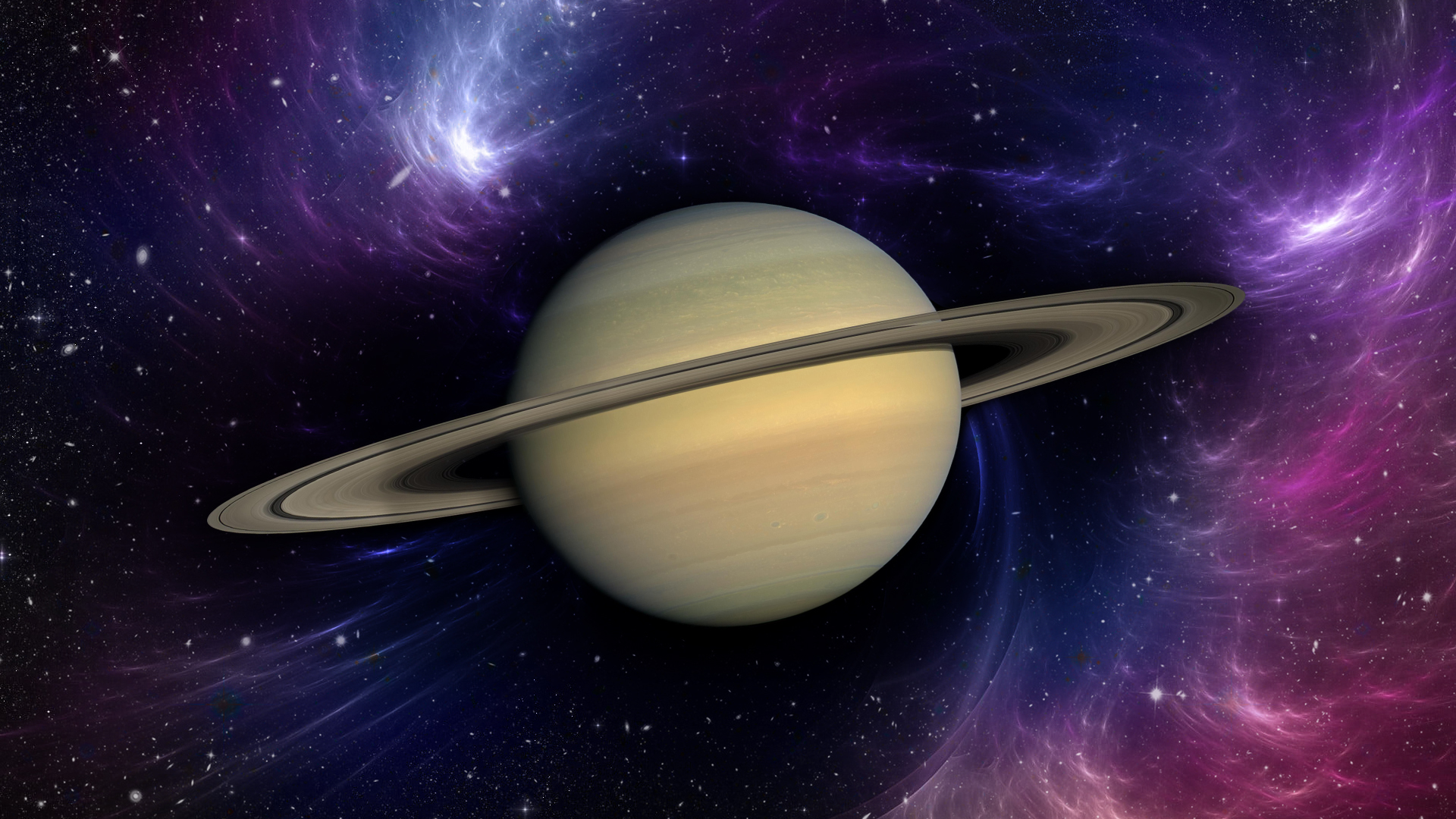Plastıc Component Found In Saturn
Scientists at NASA announced that they found propylene, a key element of plastic food packaging and storage containers, in Saturn’s Titan. It’s not human waste like you think.
The NASA spacecraft Voyager 1 was known to fly around Titan in 1980. Hydrocarbons from chemicals that contain a large proportion of oil and other fossil fuels in the world have begun to be identified. However, the research of the Cassini spacecraft, which is now in orbit of Saturn, has revealed that propylene is found in Titan.
Propylene, one of the plastic raw materials, was first detected elsewhere in the world. Science Codex explains how the spacecraft did the discovery: a small amount of propylene was identified by Cassini’s Composite Infrared Spectrometer (CIRS) in the low atmosphere of Titan. This device measures infrared light or heat radiation emitted from Saturn and its moons, as our hands feel the heat of a fire. Propylene is the first molecule discovered on Titan using CIRS. Researchers identified the chemicals with a high degree of confidence by isolating the same signal at various altitudes in the lower atmosphere.
Conor Nixon (MD), a planetary scientist at the Goddard Space Flight Center in NASA’s Greenbelt state; “This chemical is a raw material used to form plastics called polypropylene, which is perfectly around all of us in everyday life, connected by long chains.”According to the Astrophysics Journal Letters published in September: The plastic container in the market, 5, polypropylene, with a recycling code at the bottom.
The hydrocarbons we observe are estimated to be caused by the explosion of methane in the Titan atmosphere by sunlight. Cassini and other NASA vehicles around the world had found many chemicals in the moon’s atmosphere, but propylene remained uncertain until analysis of CIRS data.
Michael Flasar, Goddard’s scientist and CIRS lead researcher; This measurement was very difficult because the weak signature of propylene was filled with much stronger signals by the relevant chemicals. This success increases our confidence that we will find more chemicals that have been stored in Titan’s atmosphere for a long time. Like Cassini’s spectrometer, it can measure the signature of chemicals in gases.



